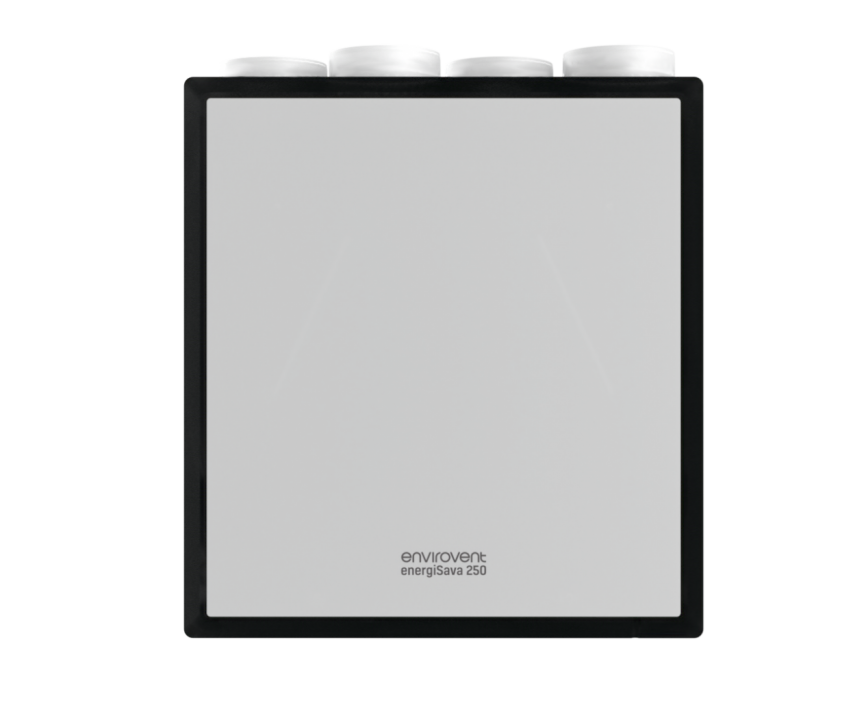We use cookies to help improve our website and personalise your experience. To find out more about how to manage these cookies, please see our cookie policy.
close
- Products
- Consumer
- Social Housing
-
Building Services
- Products
- Consulting Engineers
- Contractors
- Building Regulations
- Resources
- Blog
- Future Homes Quiz
- Residential Ventilation eBook
- Optimising Ventilation System Selection EBook
- Case Studies
- Downloads
- Residential Indoor Air Quality
- Energy Efficient Ventilation
- Acoustic Requirements for Ventilation
- Meet Our Specification Team
- Meet our Desk Based Account Managers Team
- Bathroom Zoning
- INFOGRAPHIC: benefits of advanced ventilation solutions
- Ventilation System Maintenance & Aftercare
- Ventilation Project Management
- INFOGRAPHIC: Selecting the right ventilation system
- Services
- Design Service
-
Developers
- Products
- Building Regulations
- Resources
- Blog
- Future Homes Quiz
- Residential Ventilation eBook
- Case Studies
- Downloads
- Residential Indoor Air Quality
- Energy Efficient Ventilation
- Meet Our Specification Team
- Bathroom Zoning
- Ventilation System Maintenance & Aftercare
- Ventilation Project Management
- Optimising Ventilation System Selection EBook
- INFOGRAPHIC: benefits of advanced ventilation solutions
- INFOGRAPHIC: Selecting the right ventilation system
- Meet our Desk Based Account Managers
- Services
- easyVent®
- Design Service
- Distributors
- About Us


 Free Home Survey
Free Home Survey Award Winning Products
Award Winning Products









